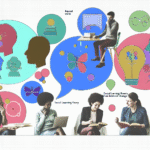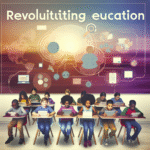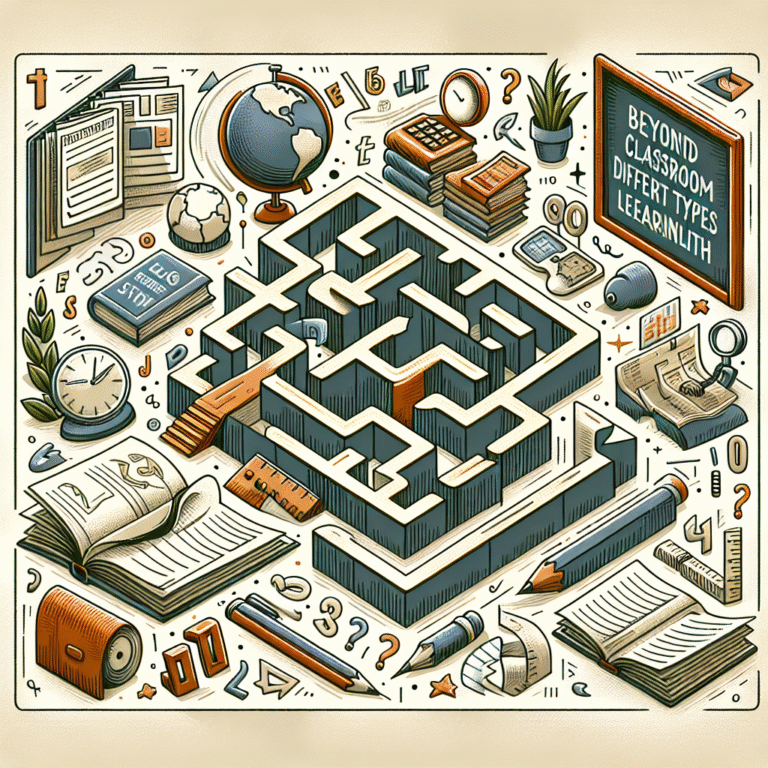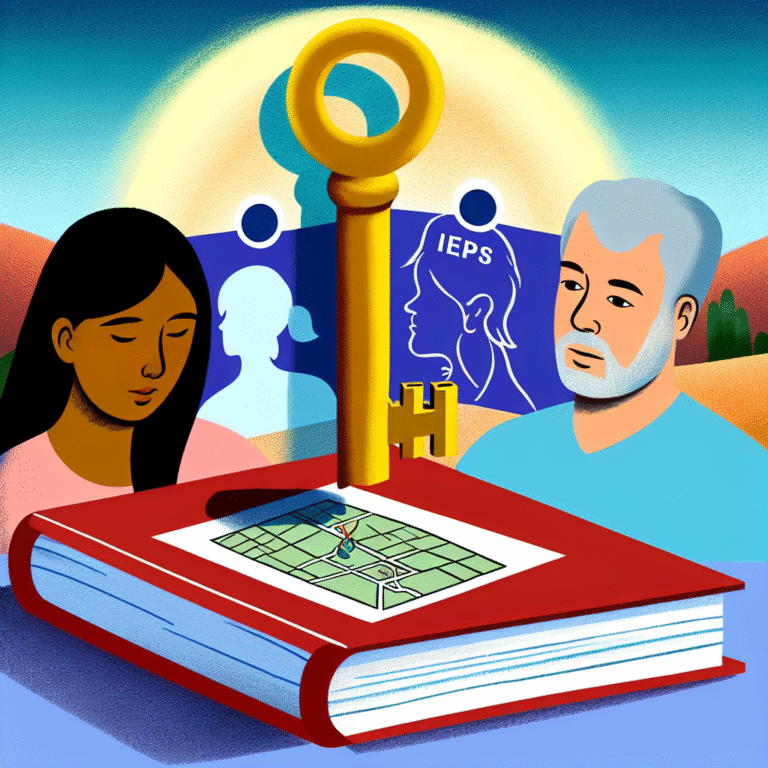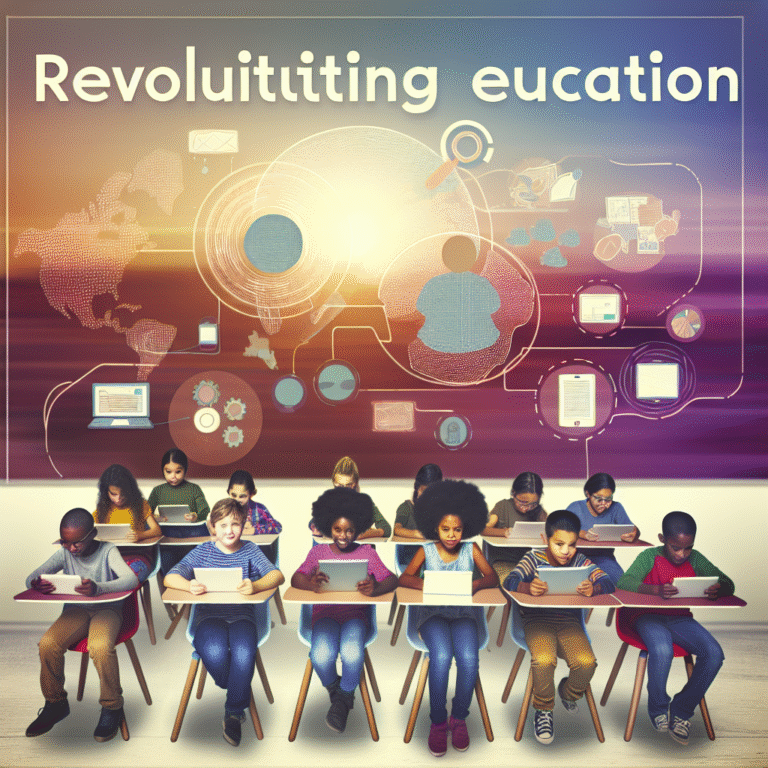
Introduction
Imagine stepping into a classroom where every student has the tools and strategies they need to thrive—this is the reality that a 504 Plan aims to create for students with disabilities. The 504 Plan Explained: Key Features and How It Supports Student Learning is not just an essential guide for educators and parents, but also a beacon of hope for students who may otherwise struggle amid traditional academic frameworks. This plan, rooted in civil rights legislation, provides a robust structure to ensure that students with disabilities are given equal access to education.
In this article, we dive deep into the 504 Plan, exploring its key features and how it supports student learning. Whether you’re a parent hoping to understand this complex system or an educator aiming to improve your teaching strategies, this guide sheds light on the transformative power of the 504 Plan.
What is a 504 Plan?
A 504 Plan is designed under Section 504 of the Rehabilitation Act of 1973, a federal law that protects the rights of individuals with disabilities. The plan is tailored to meet the unique needs of students who may not qualify for special education services but still require specific accommodations to participate fully in academic activities.
Key Features of a 504 Plan
Eligibility:
- Any student with a physical or mental impairment that substantially limits one or more major life activities may qualify for a 504 Plan. This definition encompasses a broad spectrum of disabilities, ranging from ADHD to chronic illnesses.
- Individualized Accommodations:
- Each 504 Plan is customized to the student’s particular needs. This may include extended time on tests, modified assignments, preferential seating, or the use of assistive technology.
Table 1: Common Accommodations in 504 Plans
| Type of Accommodation | Example |
|---|---|
| Academic Modifications | Extended time, reduced workload |
| Environmental Adjustments | Preferential seating |
| Technology Assistance | Use of computers or tablets |
| Behavior Support | Behavioral intervention plans |
No Cost to Families:
- A significant advantage of a 504 Plan is that it is provided at no cost to families. Schools are responsible for ensuring that students receive the necessary accommodations.
- Ongoing Evaluation:
- A 504 Plan is not static; it requires ongoing assessments and adjustments. Teachers, parents, and specialists must collaborate regularly to evaluate the effectiveness of the accommodations.
How the 504 Plan Supports Student Learning
Understanding The 504 Plan Explained: Key Features and How It Supports Student Learning is critical for recognizing its impact. Let’s explore various aspects of these plans and how they can uplift student experiences.
Enhancing Accessibility
One of the primary objectives of the 504 Plan is to eliminate barriers to learning. For example, a student who has difficulty writing due to a physical condition might benefit from keyboarding instead of handwriting assignments. This adjustment allows the student to demonstrate their knowledge without being hindered by their disability.
Case Study 1: Alex’s Journey
Alex, a high school student diagnosed with dysgraphia, found traditional writing tasks overwhelming. After his educators recognized his needs, they implemented a 504 Plan that allowed him to use a computer for assignments and extended his deadlines. Over time, Alex’s grades improved, and he felt more engaged in his coursework. His experience exemplifies how the 504 Plan can lead to meaningful educational outcomes.
Promoting Independence
The 504 Plan not only helps in academic success but also promotes self-advocacy among students. For instance, when students become aware of their accommodations, they learn to articulate their needs and understand their rights. This empowerment is fundamental as it lays the groundwork for their future roles in society.
Case Study 2: Sarah’s Empowerment
Sarah, a middle school student with ADHD, was struggling to keep up with her peers. With the development of a 504 Plan that included frequent breaks and a structured schedule, she gained better control over her time management. Sarah learned to advocate for her needs, asking for breaks when she felt overwhelmed. This experience was not just about academic success; it was a transformative life lesson in self-advocacy.
Addressing Behavioral Challenges
Some students with disabilities may face behavioral challenges that disrupt their learning. A well-designed 504 Plan includes strategies to address these issues through structured environments or specific behavioral interventions.
Table 2: Behavioral Interventions in 504 Plans
| Intervention Type | Description |
|---|---|
| Positive Reinforcement | Rewards for on-task behavior |
| Social Skills Training | Teaching appropriate interactions |
| Conflict Resolution Techniques | Strategies for managing disputes |
Case Study 3: Michael’s Behavioral Triumph
Michael had difficulties following classroom rules due to his autism spectrum disorder (ASD). His 504 Plan included behavioral support strategies, focusing on positive reinforcement and social skills training. Over time, Michael improved his interactions with peers and learned how to manage conflicts effectively, showcasing how the 504 Plan can positively affect behavior.
Collaboration is Key
The successful implementation of a 504 Plan requires effective collaboration among educators, parents, and the student. Regular meetings, open communication, and feedback are vital for ensuring that the plan remains relevant and effective.
Building a Collaborative Team
- Educators: They play a crucial role in identifying students who may need assistance and in developing suitable accommodations.
- Parents: They provide valuable insights about their child’s needs and strengths. Engaging parents in the process enhances the effectiveness of the accommodations.
- Students: Their involvement is essential. When students understand their 504 Plan, they become active participants in their education.
Case Study 4: The Collaborative Approach
Emma, a student with a visual impairment, was supported by a robust team consisting of her special education teacher, parents, and visual impairment specialists. Together, they designed a 504 Plan that included both content modifications and technological equipment, such as screen readers. Emma made significant progress academically and socially, demonstrating how a collaborative team can enhance educational outcomes.
Conclusion
In summary, The 504 Plan Explained: Key Features and How It Supports Student Learning reveals a critical lifeline for students requiring accommodations in the education system. With key features such as individualized plans, ongoing evaluation, and a focus on accessibility, the 504 Plan is vital in fostering an educational environment where every student can thrive.
By prioritizing collaboration among educators, parents, and students, we can ensure that these plans are not just documents but dynamic tools that facilitate meaningful learning experiences. For students like Alex, Sarah, Michael, and Emma, the 504 Plan has transformed challenges into opportunities for growth, empowerment, and success.
FAQs
What qualifies a student for a 504 Plan?
A student qualifies for a 504 Plan if they have a physical or mental impairment that limits one or more major life activities.Can a 504 Plan be changed?
Yes, a 504 Plan can be reviewed and revised as needed based on the student’s progress and changing needs.How does a 504 Plan differ from an IEP?
While both provide accommodations, an IEP (Individualized Education Program) is for students who require special education services, whereas a 504 Plan is broader and focuses only on accommodations.Who develops a 504 Plan?
A team that includes educators, parents, and relevant specialists collaborates to develop a 504 Plan tailored to the student’s needs.- Are there costs associated with a 504 Plan?
No, the accommodations provided under a 504 Plan are free for families, as schools are responsible for implementing these plans.
In navigating the educational landscape with the support of a 504 Plan, we move closer to a future where every student can experience the joy of learning and the triumph of achievement. Embrace the potential for transformation—because every student’s success story is worth telling.

